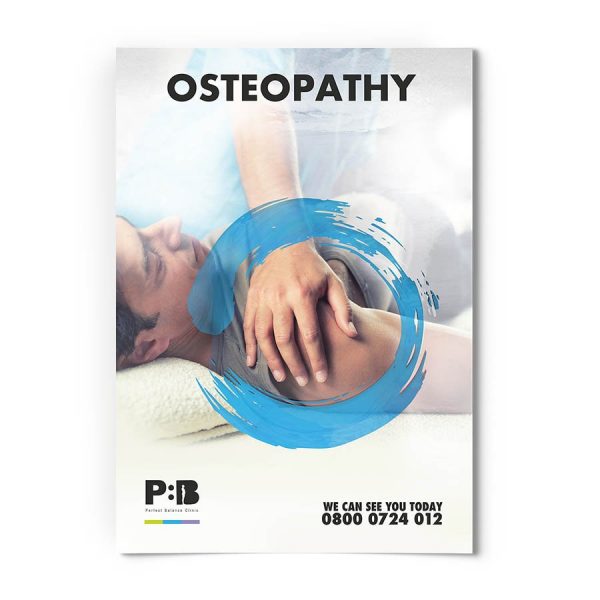The difference between an Osteopath and a Physiotherapist is not very simple to explain. In this article, we look at the similarities and differences between these two professions and help to clear up the confusion.
Historically speaking both professions came to the attention of the world of medicine at some point during the 19th century. Although this is the case, Hippocrates and Galen (both physicians that the two professions take inspiration from) had been practising massage and manual therapy since 460 BC, way before the inception of pharmacology. Incidentally, both massage and manual therapy are fundamental skill sets that form the building blocks of both osteopathic practitioners and physiotherapists.
Contrary to well-known stereotypes, Physiotherapists are not just glorified water boys, in sports matches that come on and spray magic spray on the bit that hurts, and Osteopaths are not wielders of black magic or spine crackers.
Definition of a Physiotherapy
Physiotherapy is recognised as a system of physical medicine and rehabilitation that promotes correct structure and function via diagnosis and physical intervention.
Definition of an Osteopathy
Osteopathy is recognised as a system of diagnosis and treatment of musculoskeletal conditions working with the structure and function of the body. You could be forgiven for thinking they’re almost the same thing right?
Similarities between an Osteopath and Physiotherapist
Both professions require a degree of 3-5 years to practise under the chartered society of physiotherapists or the general osteopathic council. Both can be found in private and public sector healthcare (albeit at lower numbers for osteopaths), GP surgeries, and sports teams. Both can help back pain, neck pain, shoulder pain, and sports injuries. Both claim to take a holistic approach to problems by assessing clients as a whole person rather than a bunch of individual body parts.
As part of professional development, courses are available to both osteopaths and physiotherapists and as a result, both practitioner styles can be variable due to the options to train in different specialties and techniques.
Differences between an Osteopath and Physiotherapist
Although there are arguably more similarities between the two professions there are still some distinct differences. Traditionally Osteopaths are trained only to use their hands and are well versed in the application of spinal manipulations whilst physiotherapists also have an element of electrotherapy training and have more focus on selecting rehabilitation programs for clients.
Therefore, Osteopathy has a reputation for being a more preventative measure of healthcare with a special focus on joint-related pain particularly in the spine, and physiotherapy has more of a reputation on getting people back to full fitness after an injury. Both are equally adept at dealing with people who fall into the middle category suffering from discomfort and restriction or postural related pain.
Combining Osteopathy and Physiotherapy
At Perfect Balance, we are a group of practitioners both Osteopaths and Physiotherapists (amongst others). All are dedicated to a 360-degree approach to better health and we are prepared to make sure that whoever you are likely to see has great skills, but more importantly that they know who in the business is best equipped to take YOU, the client, forward. To learn more about each of the services discussed in this article, visit our Osteopathy and our Physiotherapy pages.
For more information about differences between osteopath and physiotherapist
This article was written by our team of specialist therapists at Perfect Balance Clinic. If you would like more specific advice about how our team can help you with this condition or symptoms you may be having, please complete the contact form below and one of the team will get back to you shortly.









